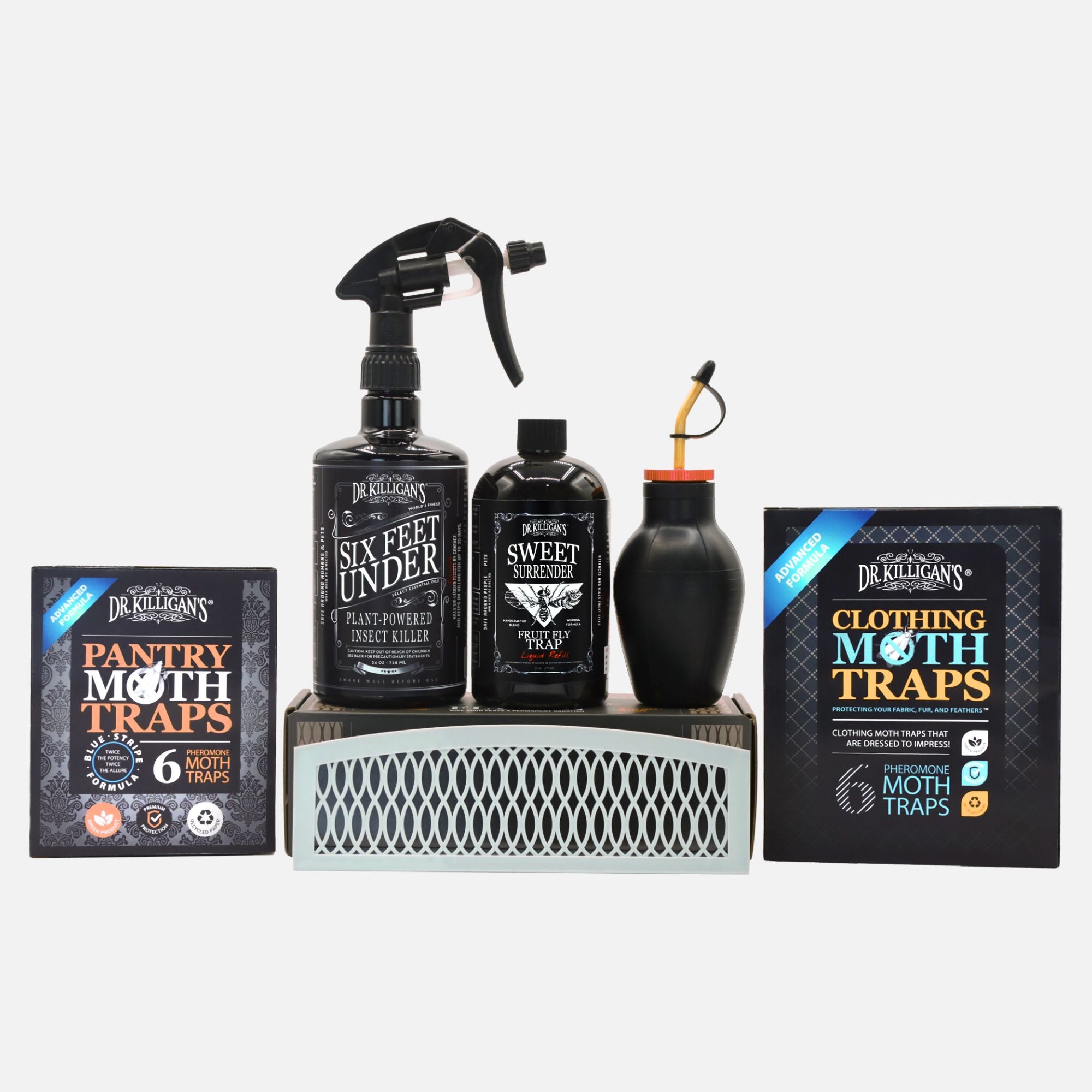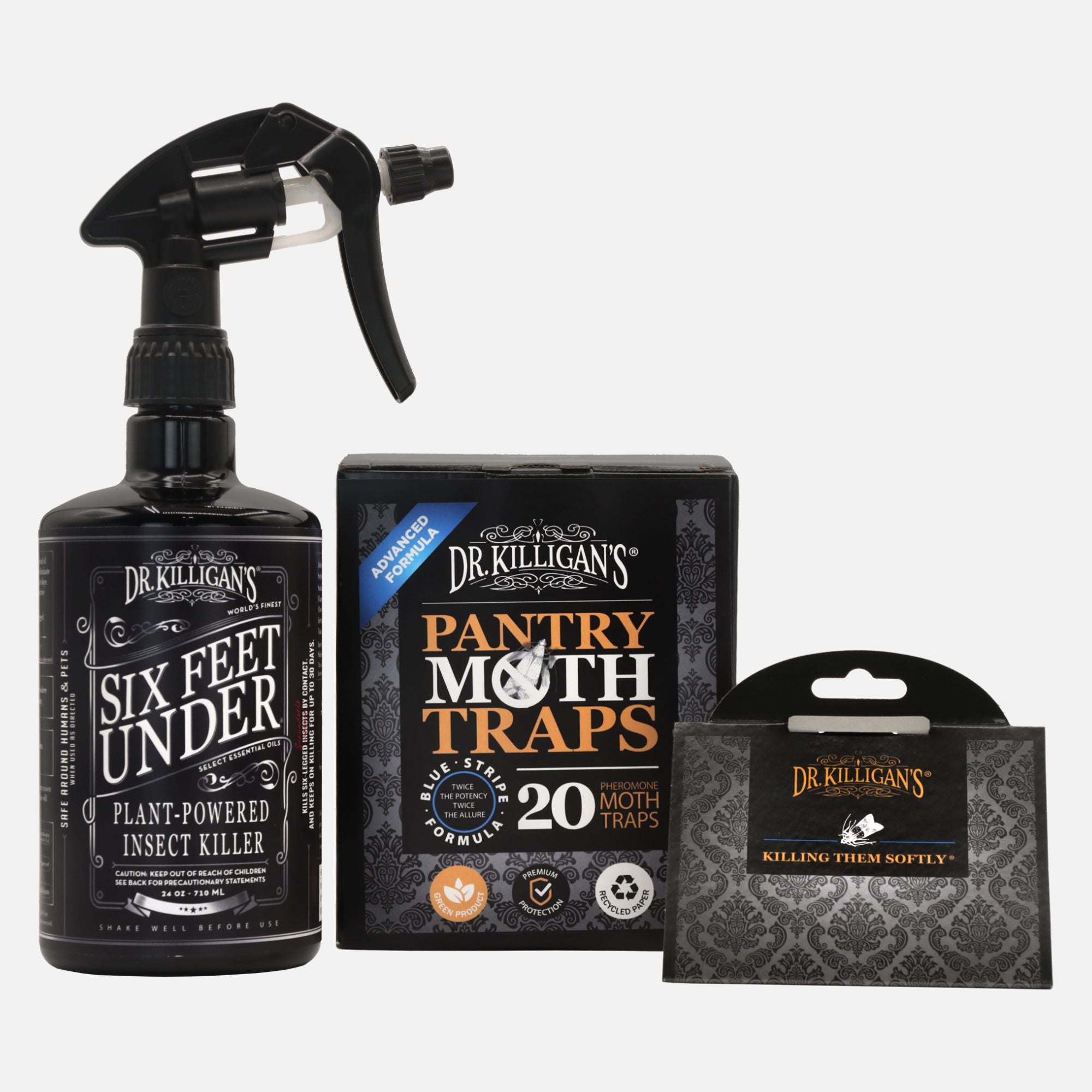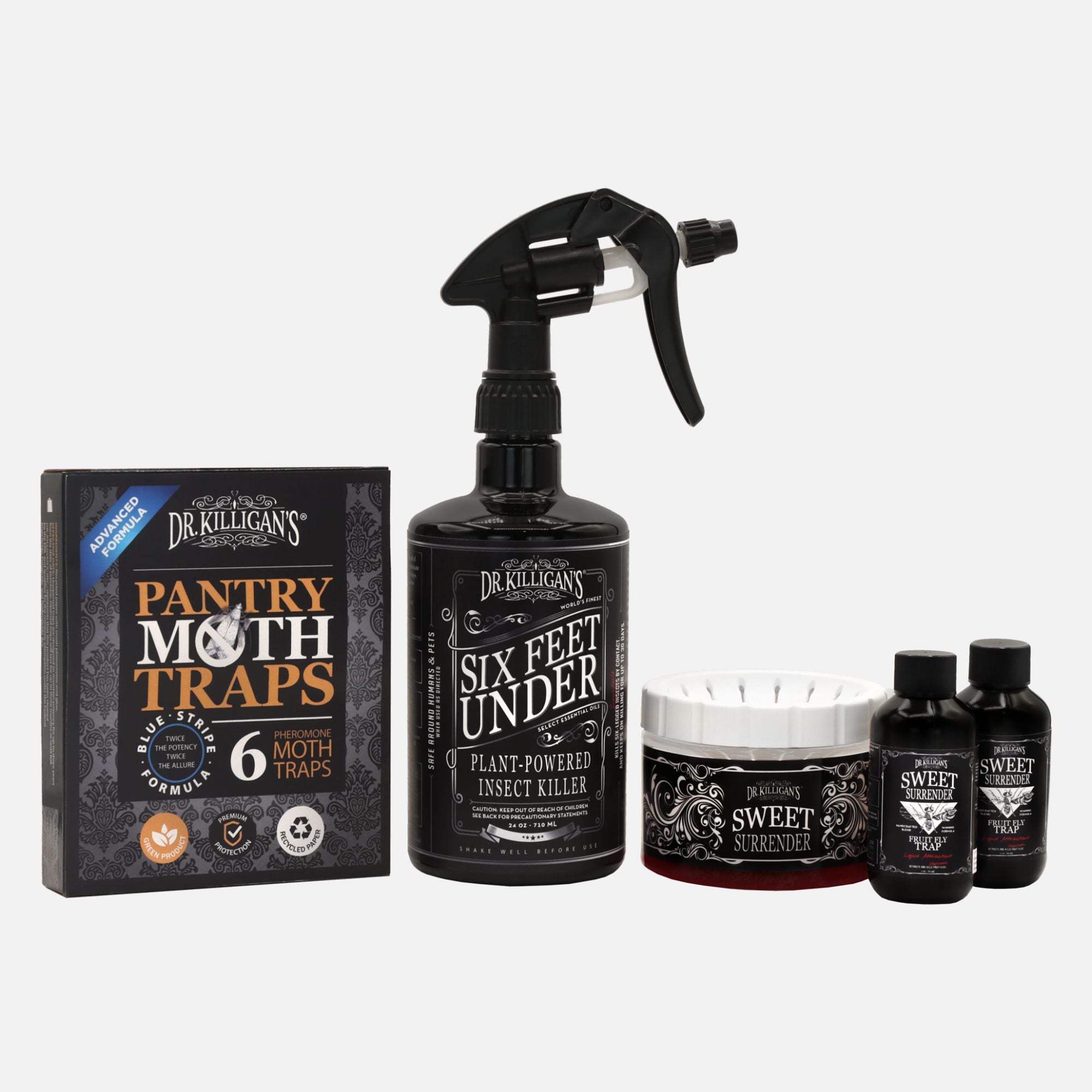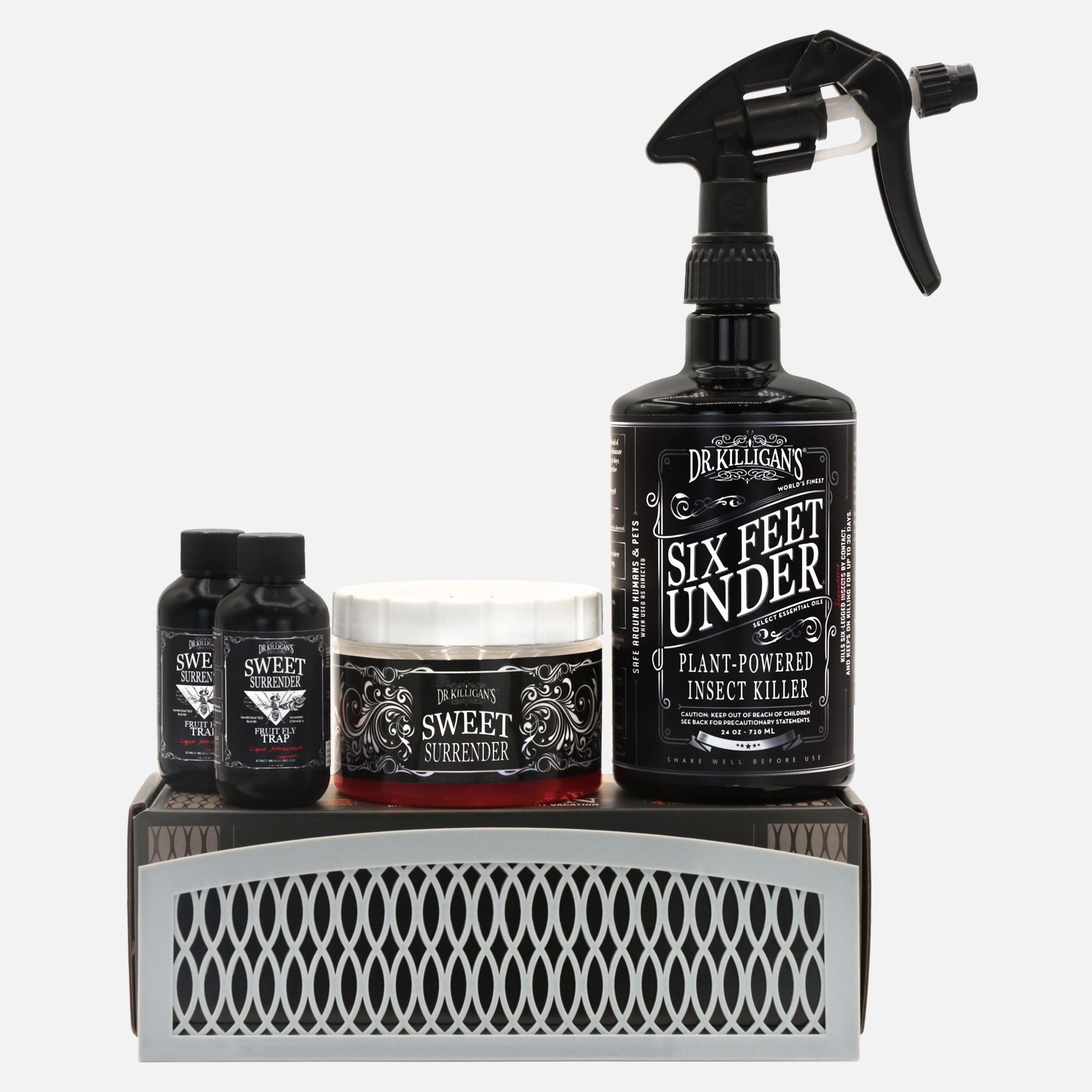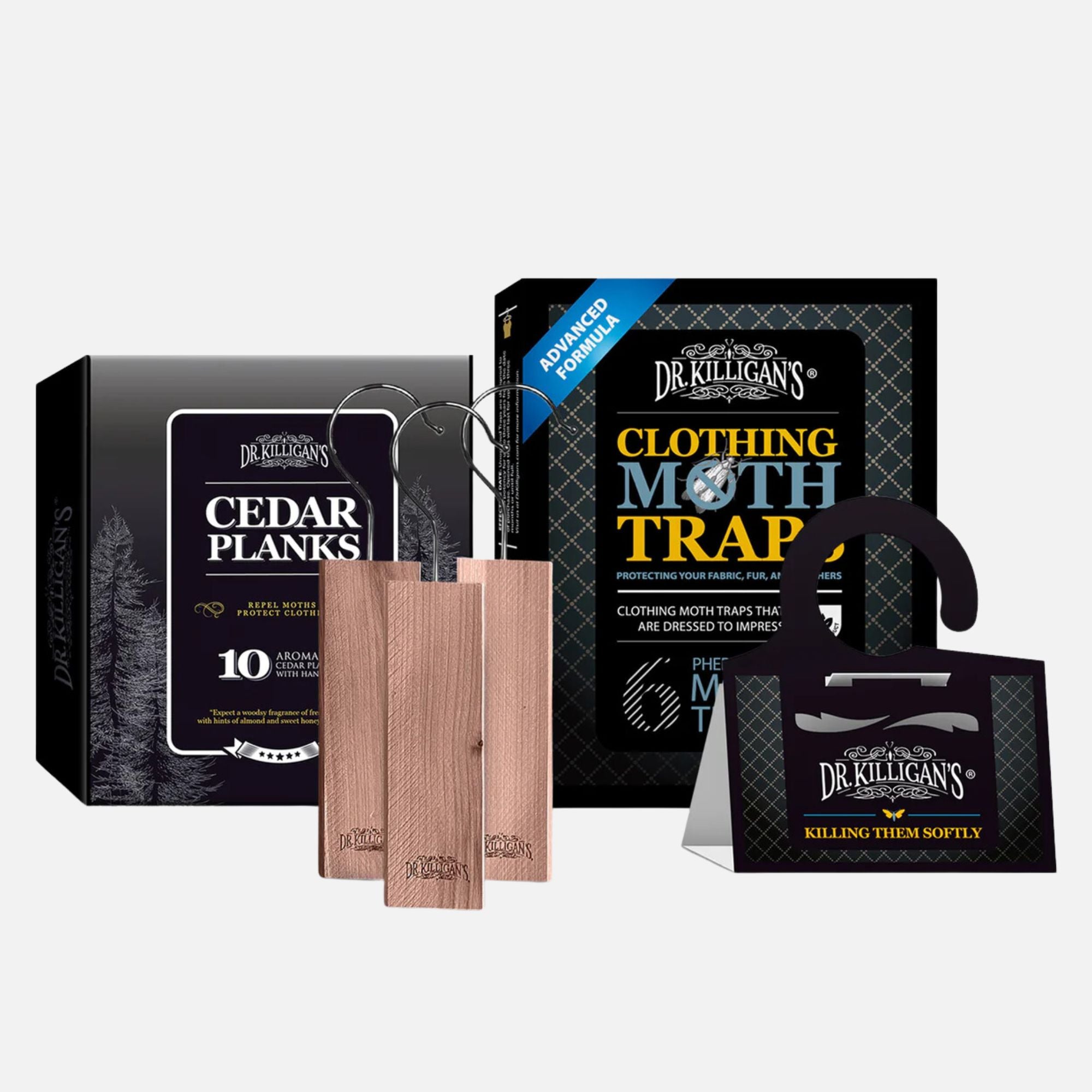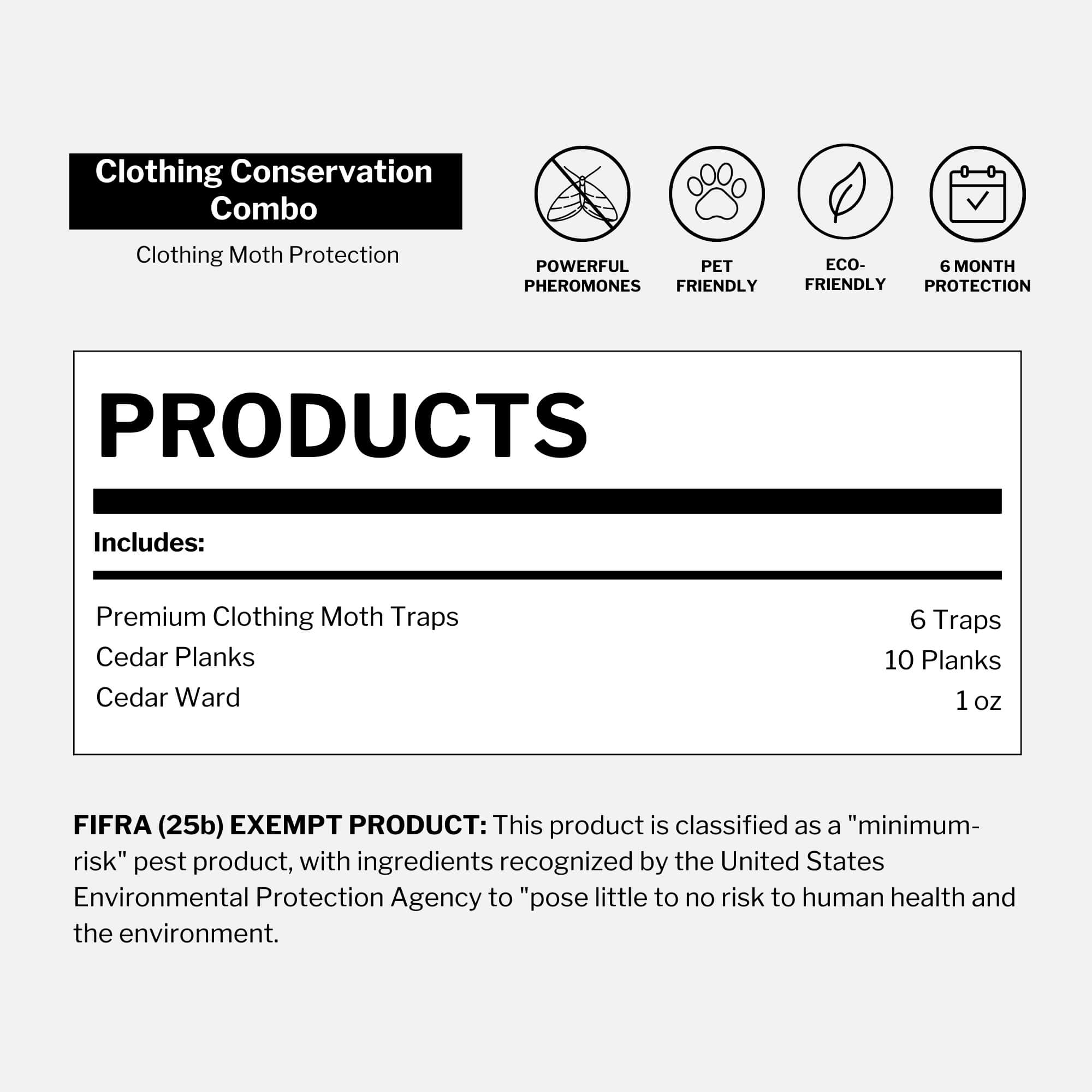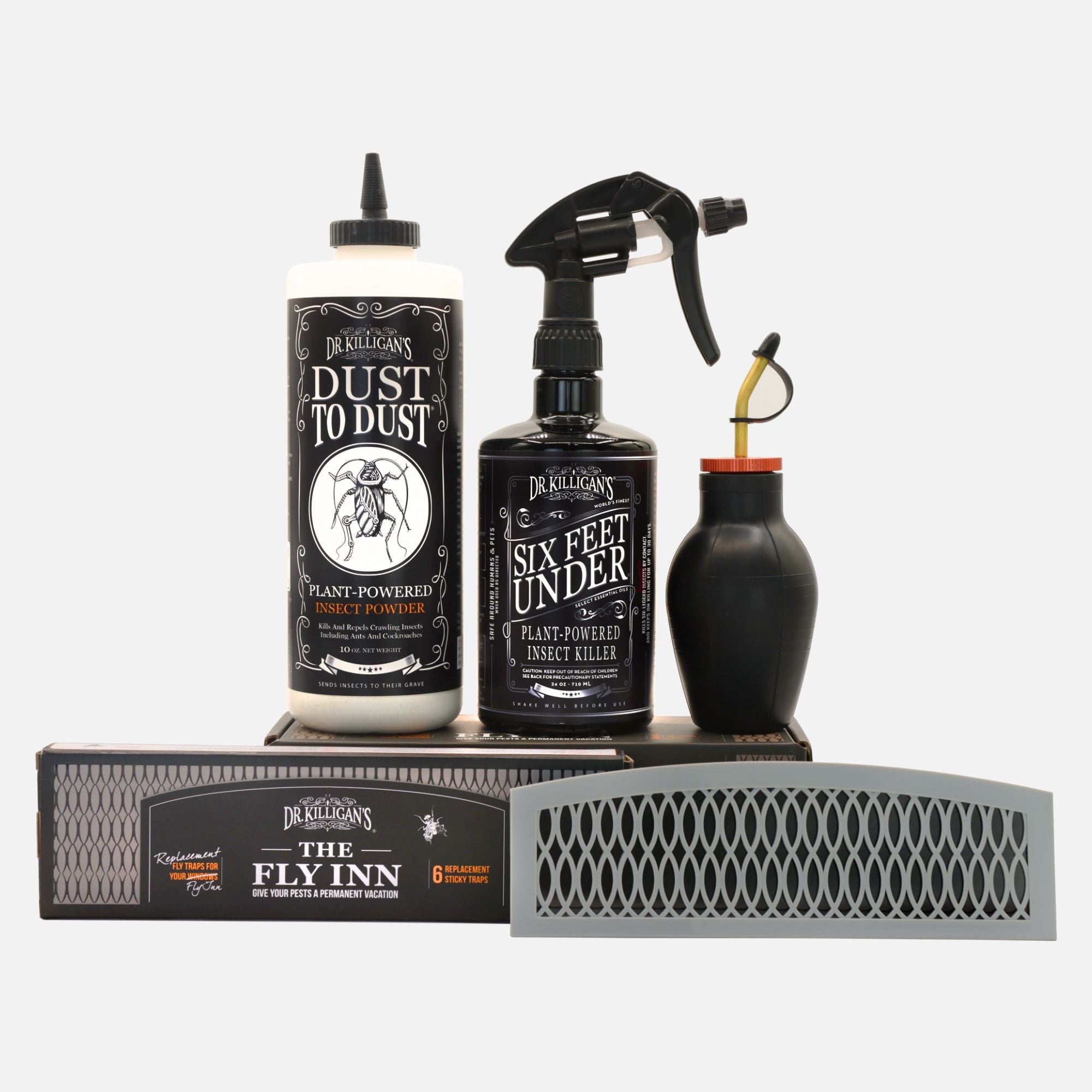Its eyes fascinated me. Its large, swiveling head nudged me closer. Then, the siphoning-sucking plunger-like appendage began to do its work. I watched as fluid with more air than juice made its way up the center of this tube.
Insects intrigue me. Like a hypnotic pull, I am drawn to this world of tiny things—things that buzzed, bite, stung, pollinated, and swarmed.
Enthralled by the nature of these creatures, I leaned into my urge to write. Indeed, flies can be annoying. Yes, they vomit on your food. It’s true that they defecate frequently. But, they’re also incredible pollinators that can keep us from tromping through heaps of carcasses as we hike through the woods.
Though thousands of species of flies exist in this world, there are a few types that I would like to particularly explore here: hoverflies, (also known as flower-flies), blowflies, bee-flies (think tiny, fluffy flying narwhal) and the common house fly. Let us delve into a better understanding of the benefits of these flies and discuss four reasons why they exist, along with their primary benefits here on earth.
Flies distribute pollen
Around the world, bees are known as fantastic pollinators. Going from flower to flower, they pick up and tuck away tiny grains of pollen in minute pockets on their hind legs, bringing it back to the hives. On the other hand, flies don’t hoard these yellow grainy treasures in built-in pockets. They freely gather and give away the pollen that sticks to their body hairs. They are joyous voluntary distributors of this golden jewel, a prized gem which pollinated (and thus provided) the dark coffee you’re sipping, the precious peppermint oil you use for those annoying headaches, and the tasty sesame dressing you had on your heaping green salad last night.
Though it may be hard to fathom, here are a few ways in which flies and their pollinating capacities have positively impacted you:

- Flies have been estimated to contribute to the pollination of at least 70% of food crops.
- Flies are the key pollinators of hundreds of species of cultivated plants, including cacao (think chocolate), mango, cashew, avocado, and oilseed rape.
- Flies are currently used commercially to pollinate blackberry, carrot, chive, onion, and strawberry crops.
- Flies may be necessary to ensure future food security. As food demands increase, growers will gradually need to rely on managed pollinators reared for the job (not just honeybees).
- Flies help pollinate hops in beer, apples in cider, and grapes in wine. Remember this the next time you take that sip of luxury and relaxation.
Flies have advantages over bees
There are some advantages that flies have over bees:
- Flies aren’t scared of heights. Flies are the dominant group of pollinators in some climates of high altitude, where bees are either scarce or absent.
- Flies leave their eggs—unlike bees, who provide for their young—and can therefore roam more widely and therefore collect, carry, and scatter hundreds and sometimes even thousands of pollen grains as they fly from flower to flower.
- Flies don't sting.
- Flies can forage earlier and later in the day. They’re not as sensitive to fluctuations in temperature and are active when it’s too cool for bees.
- Flies are out and about in wet and windy weather (when a bee would rather stay at home).
- Flies breed really fast (in horrible locations). A fly’s entire life cycle, in which they lay up to 500 eggs, takes place within a month. Their lifespans are short and productive.
- Some hoverflies are migratory, meaning that huge numbers can suddenly pitch and outnumber honeybees at crucial times of the year.
- Flies can be quite hairy. The blow fly, for example, has absurd amounts of hair on its body and can therefore carry more pollen than a honey bee.
Flies can prevent an amputation and treat wounds

There are official "maggot nurses" who work with patients that undergo maggot treatment. Immature, medical-grade, very-much-alive fly larvae are released to consume dead skin tissue from one’s chronic, infected, necrotic, or sloughy wound. The maggots crawl and feast, killing the harmful bacteria and preventing it from spreading. When they’re done, they simply look up—with their bellies full of dead tissue and bacteria—and are ready to be removed.
Sheep blowfly larvae are used to treat diabetic ulcers, bedsores, and other chronic wounds by applying them to infected areas. The larvae eat the infected tissue, and by doing so, cleanse the wound with their antibacterial saliva and speed up new tissue growth.
Flies consume rotting food

Flies eat and breed on just about anything, including fruit, vegetables, meat, animals, plant secretions, and human feces. In doing so, they prevent heaps of rubbish and dead animal carcasses from piling up. They act as scavengers and devour rotting organic matter so that we won’t have to deal with it, which is a crucial role in the environment. If they disappeared, we’d be a much smellier and more-disease ridden place, drowning under a torrent of rotting carcasses and filth.
Final word on the life of a fly
I’m not trying to change your mind about flies. They annoy me too. I am trying, though, to broaden your perspective and perhaps allow thoughts of gratitude to enter your mind.
I would encourage you, though, to keep flies out of your home. You can get rid of flies with The Fly Inn. Give those indoor pests a permanent vacation in a discreet, stylish way. I sure do.



